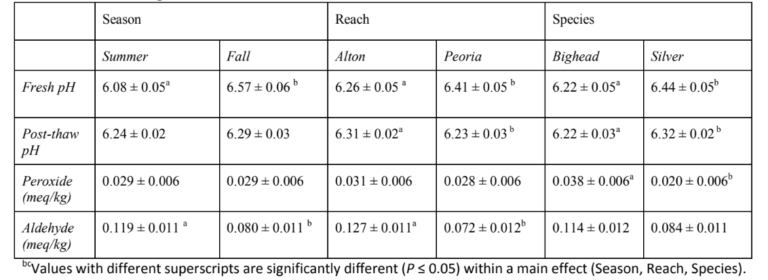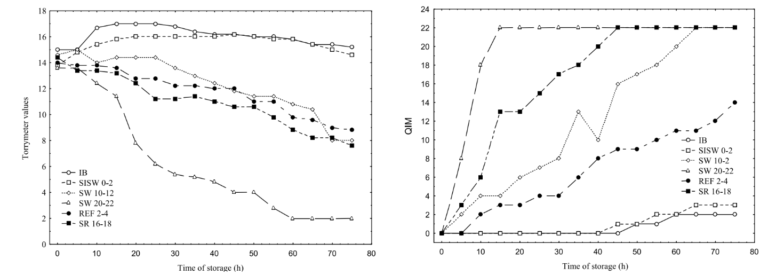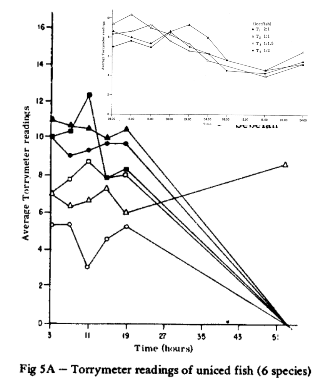Torrymeter Maximizes the Quality and Storage Life of Fresh Seafood Products
This briefing note is aimed at businesses that catch, process, buy, sell or trade fresh seafood products; it seeks to improve the understanding of those factors that cause the natural deterioration of seafood products due to spoilage, and to ensure that businesses are able to mitigate and remediate those changes as far as possible to ensure that the maximum storage lives for their products are achieved.









